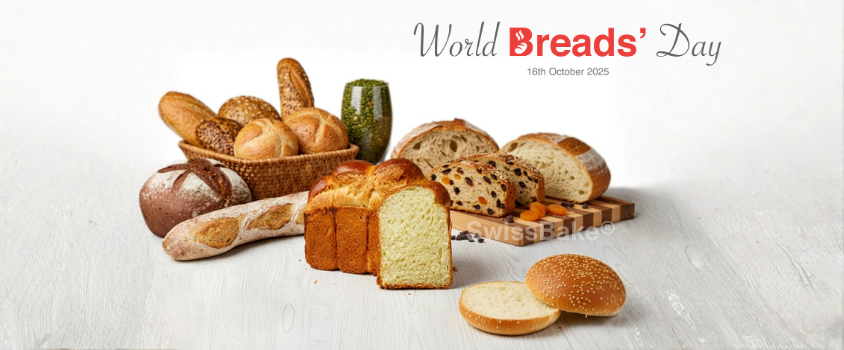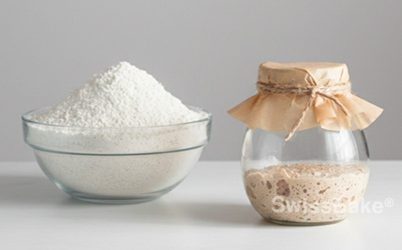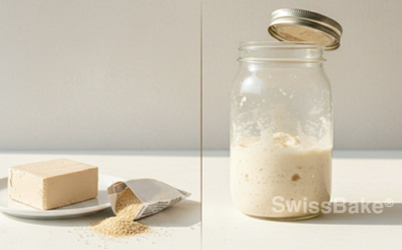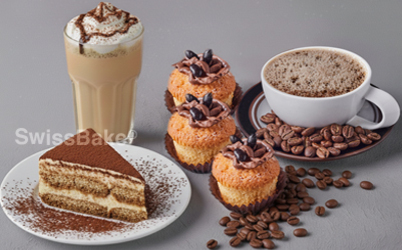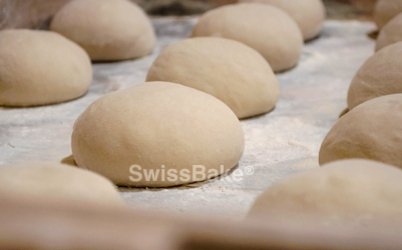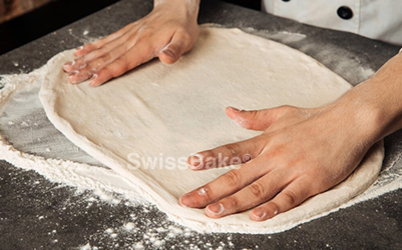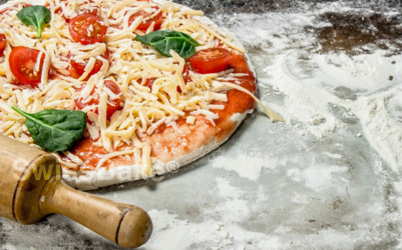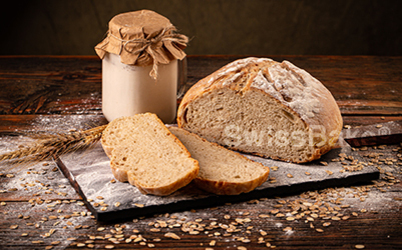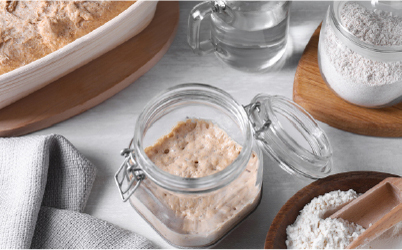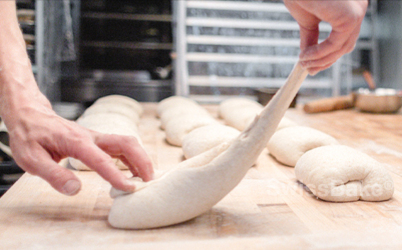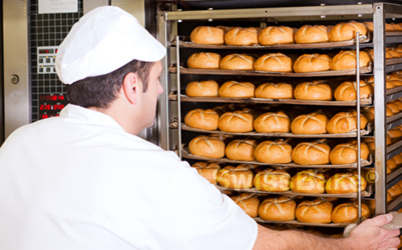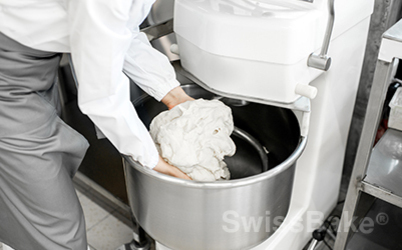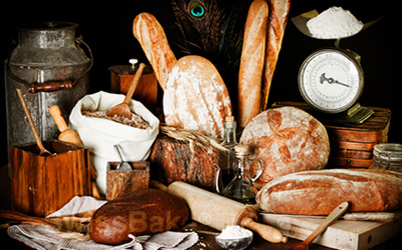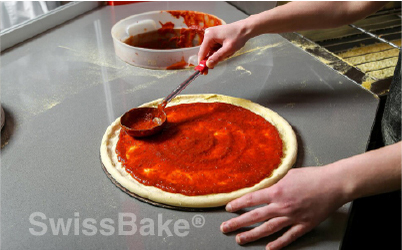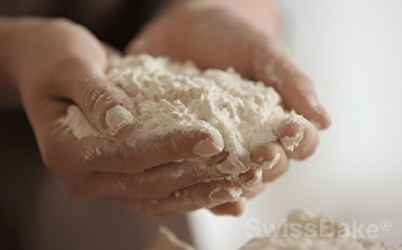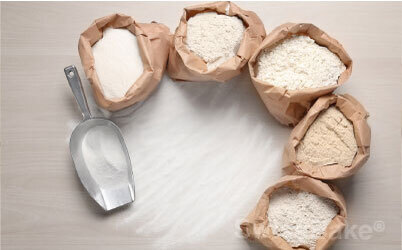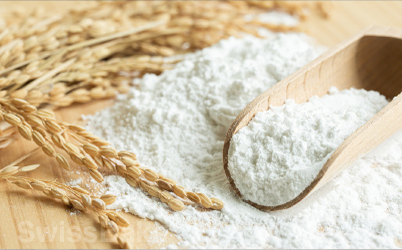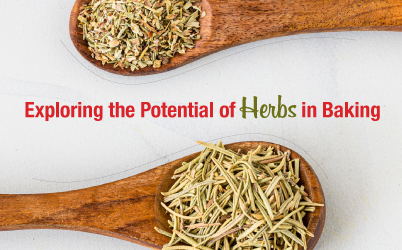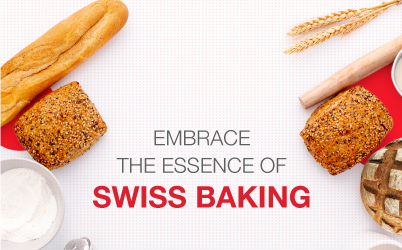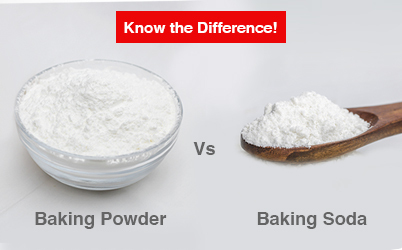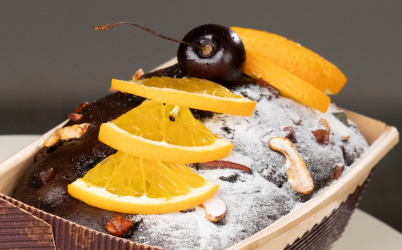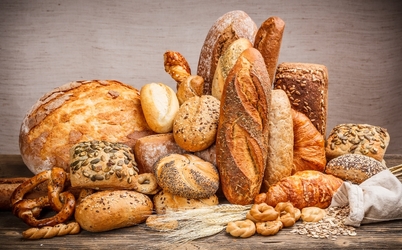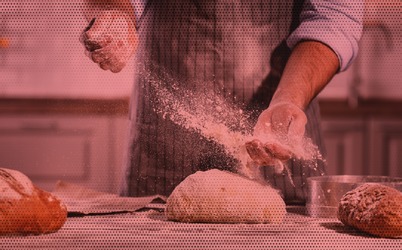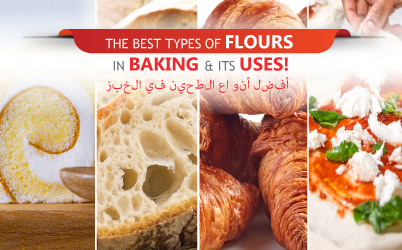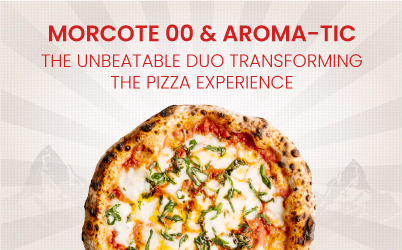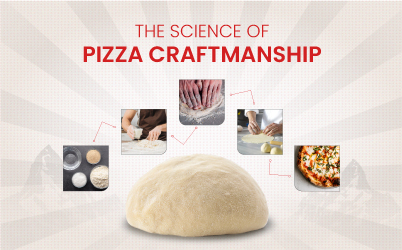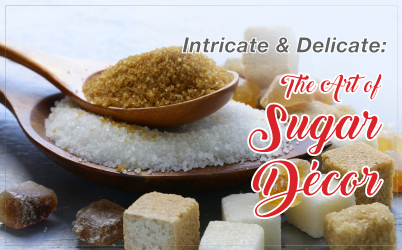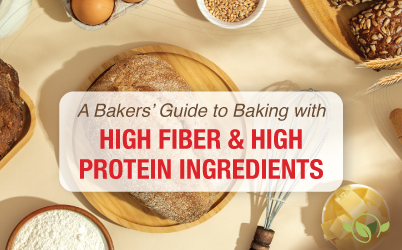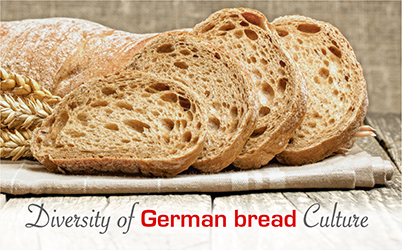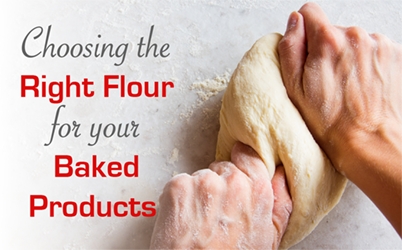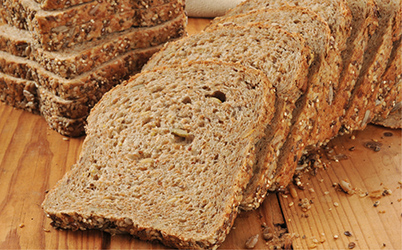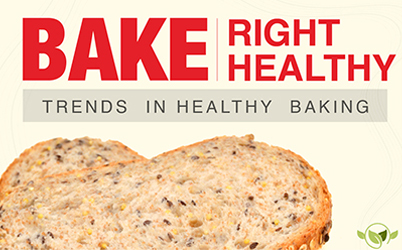Celebrating Bread in All Its Forms | International Breads Day
Celebrating Bread in All Its Forms | International Breads Day
Bread, in all its diversity, is more than a staple—it's a global symbol of nourishment, craftsmanship, and cultural identity. From crusty artisan loaves and fluffy buns to enriched brioche and rustic sourdough, bread is a pillar of professional baking and a canvas for both tradition and innovation. On International Breads Day, we don’t just celebrate bread as a product—we honour the science, precision, and creativity that professional bakers, chefs, and foodservice providers bring to it every single day.
For bakeries, HoReCa establishments, QSR chains, and industrial manufacturers, bread is not just a product—it’s a profit center, a branding tool, and a customer experience enhancer. Whether it’s the soft interior of a brioche bun or the crusty character of a sourdough loaf, bread forms the base of countless menus and bakery lines.
Let’s explore the breadth of bread—its forms, functions, and future—and how SwissBake®’s specialized solutions empower professionals to bake consistently, efficiently, and with excellence.
The Universal Appeal of Bread
Bread is one of the oldest prepared foods, with origins dating back to over 10,000 years. Yet it remains one of the most consumed bakery items globally.
Its enduring appeal lies in its:
• Versatility – From sweet to savory, leavened to unleavened
• Nutritional value – A source of carbohydrates, fiber, and essential nutrients
• Functionality – Carrier for sandwiches, breakfast items, table service, snacks
• Cultural symbolism – Bread often represents comfort, tradition, and hospitality
For professional kitchens, offering the right type of bread can differentiate your brand, support your menu positioning, and meet evolving dietary preferences.
Bread as Culture, Bread as Craft
Bread exists in endless forms—from rustic crusty loaves to soft enriched buns, from ancient sourdoughs to laminated brioche. It reflects the geography, grain availability, fermentation practices, and food habits of each region.
Examples include:
• Ciabatta & Baguettes – open crumb, crisp crust
• Sourdough – tangy, artisanal, long-fermented
• Multigrain & High-Fiber Breads – modern wellness appeal
• Brioche, Donuts & Panettone – soft, buttery, and sweet breads
• Dark Rye & Malty Breads – heritage, dense texture
• Soft Rolls & Potato Buns – QSR-friendly, textural balance
For the professional baker, mastering these forms requires balancing flavor development, hydration control, fermentation management, and final presentation—all under pressure of consistency and scalability.
The Ever-Evolving Role of Bread in Foodservice Industry
In today’s competitive market, bread has gone beyond being a side offering. It’s now a hero component in menus across the globe:
• As a gourmet burger carrier or sandwich base
• As a functional product (multigrain, high-fibre) in health-forward menus
• As a dessert platform (brioche, panettone) in patisserie-inspired dishes
• As a rustic pairing in artisanal and fine-dining formats
This expansion requires modern bakers to work with standardized, reliable, and scalable bread solutions—without losing authenticity.
The Science Behind Modern Bread Formulations
Contemporary bread production isn’t just about flour and water. It requires controlled enzymatic activity, gluten performance, dough rheology, yeast behavior, and moisture retention.
Key technical factors in professional bread-making include:
• Fermentation time and temperature
• Hydration ratios and dough development
• Use of functional improvers, emulsifiers, and enzymes
• Crumb structure and gas retention
• Crust formation and Maillard reaction
Whether in hotel kitchens, industrial production lines, or cloud bakeries, success lies in standardizing artisanal quality at scale.
Technical Considerations for Professional Bread Production
To successfully produce diverse bread forms at scale, professionals must balance technical and operational factors.
Hydration & Dough Strength
-
High-fibre, sourdough, or wholegrain flours have higher water absorption. SwissBake® mixes include enzyme systems to help manage hydration and dough handleability.
-
Crusty loaves (ciabatta, baguette) benefit from higher hydration; enriched breads need moderate hydration to retain structure.
Dough Rheology & Tolerance
-
Different breads require different gluten strength and extensibility. SwissBake® premixes and improvers are prebalanced to match target formats (e.g. extensible ciabatta, elastic sandwich loaves).
-
Sourdough or wholemeal systems often need dough conditioners or increased mixing time for cohesion.
Process Adaptation
-
For central kitchens or commissaries, some formats (like panettone or brioche) may require intermediate proofing or retarding steps to align with production scheduling.
-
Par-bake or partial bake strategies help with logistics, especially for baguettes or crusty loaves.
Shelf Life & Freshness
-
High-fibre and multigrain loaves tend to staling faster due to bran and fiber. SwissBake® mixes typically integrate anti-staling enzyme systems to slow firmness.
-
Enriched loaves (brioche, panettone) benefit from emulsifiers and humectants built into premixes to maintain softness over time.
Quality Control & Scaling
-
Maintain a robust QC protocol: measure loaf volume, crumb softness, color, and slice quality.
-
Standard operating procedures (SOPs) must account for mix-to-mix variations, especially across different premix types.
Bread as a Brand Asset in Foodservice
In today’s foodservice environment, bread is more than a side dish—it is often the first point of texture, flavor, and brand impression.
From the crack of a baguette to the moistness of a sandwich bun, to the sour tang of an artisan loaf, bread shapes perceptions of quality and care. That’s why more hotels, QSRs, and caterers are investing in signature bread offerings—made simple with premixes and technical solutions that ensure speed, scale, and sensory appeal.
Professional Benefits of SwissBake® Bread Solutions
• Process Simplification – Easy-dosing premixes reduce prep time and training needs
• Consistency – Batch-after-batch standardization across outlets
• Speed-to-Market – Shorter R&D and go-to-market cycles
• Versatility – Suitable for fresh, frozen, or par-baked applications
• Backed by Expertise – Technical support and co-development opportunities for B2B partners
Final Thoughts: More Than Just Bread
On this International Breads Day, it’s worth remembering that bread represents:
-
A heritage of craftsmanship
-
A vehicle for modern health and indulgence trends
-
A platform for innovation in bakery operations
At SwissBake®, we’re proud to provide the tools, formulations, and insights that help professionals celebrate bread not just in form—but in function, flavour, and finesse.
Whether you're shaping rustic sourdoughs or scaling up soft buns, our solutions ensure that your breads always rise to the occasion.

